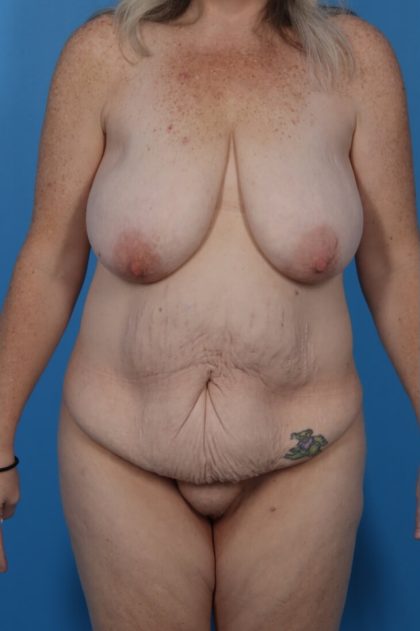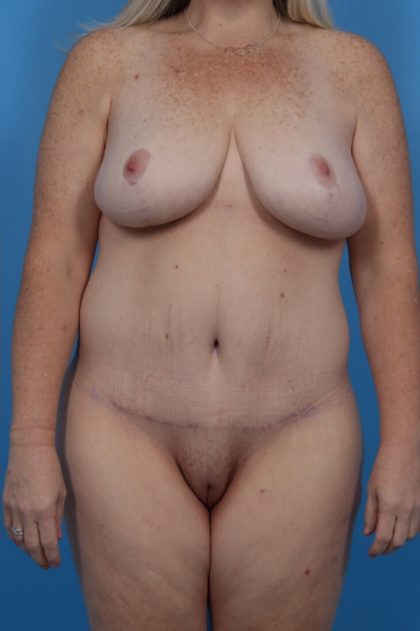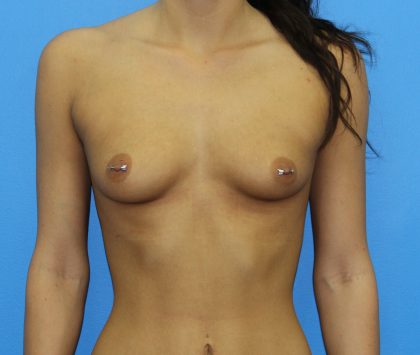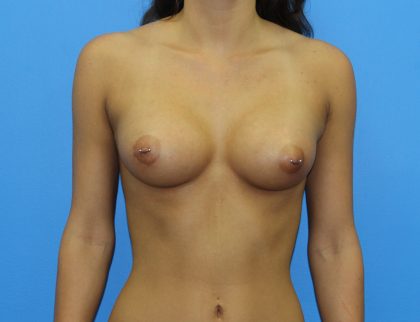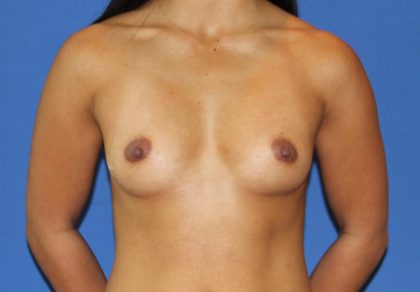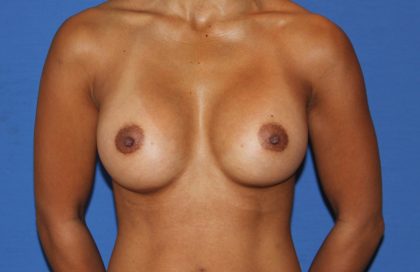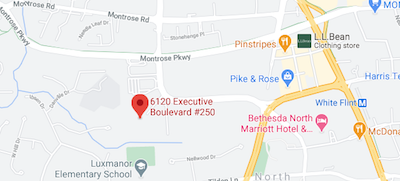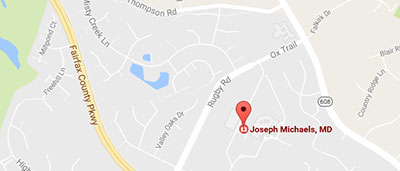For many women, enhancing the size of their breasts makes them feel more attractive and more self-confident. If you believe that having more voluminous breasts will do the same for you, you might be a good candidate for cosmetic breast enhancement surgery.

Contents
Breast Implant Options
Dr. Michaels offers three types of breast implants: saline, silicone gel and highly cohesive silicone gel implants. Each type of breast implant offers its own benefits and drawbacks. After your consultation, you will have all the information needed to determine which type is best suited for you.
Saline Breast Implants
The major drawback of saline implants is that they feel less soft and less natural than silicone breast implants. They are also more prone to rippling or folding within the implant pocket. For these reasons, Dr. Michaels prefers to use silicone breast implants for his patients.
Saline breast implants have a thin silicone outer shell that is filled with sterile saline solution (saltwater) in the operating room. One advantage of saline implants is that, in the event of implant rupture, the body will quickly absorb the saline solution. Also, you will know that there is an issue, as your breast will become flat. Another benefit of saline implants is that Dr. Michaels can insert them into the breast implant pocket while they are unfilled and then fill them with saline solution once they are properly positioned. This the surgeon to use slightly smaller incisions than is possible with both types of silicone implants. Saline breast implants are also the least expensive implant option. To be a candidate for saline breast implants, you must be at least 18 years old.
Traditional Silicone Breast Implants
Traditional silicone implants also have a thin silicone outer shell as well as a silicone gel filling material. Although they require slightly larger incisions than their saline counterparts, due to the fact that they arrive from the manufacturer pre-filled, they more closely resemble the look and feel of natural breasts. This is the major benefit of silicone breast implants, and, for this reason, this type of implant is the popular choice with women.
The major drawback of silicone implants is the concern for “silent rupture.” This condition occurs when the implant leaks, or ruptures, but the patient is unaware of it because the filling material stays intact within the breast implant pocket. Although the body cannot naturally absorb the silicone filling material, it is considered non-toxic. If there is a concern for silent rupture, an ultrasound or an MRI may be required to evaluate the integrity of the implant shell.
Highly Cohesive Silicone Gel Implants

Gummy bear implants are available in anatomical shapes. Also, because their filling material is form-stable, it stays together when squeezed and even when cut down the middle. This makes gummy bear implants less likely to fold or wrinkle within the implant pocket. Gummy bear implants tend to feel firmer than other types of implants. They are often a good option for breast reconstruction patients. They are also the most expensive implant option for breast augmentation.
Before and After Photos
Placement Options
We offer two placement options for implants: subglandular and submuscular positioning.
With the subglandular positioning approach, Dr. Michaels places the implants beneath the glandular (breast) tissue and over the chest muscle. This approach is best for patients that have adequate skin and breast tissue to help cover the implant. It may also be a better option for patients with very muscular chest muscles, to minimize the risk of the muscle changing the shape of the implant. On the other hand, subglandular placement may not be an appropriate choice for women with thin skin or an inadequate amount of body fat to cover the implant, as implants placed over the chest muscle might be visible and more palpable under the skin’s surface.
With the submuscular placement approach, the breast augmentation surgeon positions the implants underneath the pectoral (chest) muscle. Because this approach involves cutting the inferior portion of the chest muscle to help create the implant pocket, it may require a slightly longer recovery period. Submuscular implant placement typically provides patients with more natural-looking results and is the preferred location for most plastic surgeons.
Incision Techniques
Dr. Michaels practices two main incision techniques: the periareolar and inframammary approaches.
The periareolar incision pattern involves positioning the incision around the perimeter of the areola — the darkly pigmented skin encircling the nipple. Thus, the incision is well-concealed within the darker areola skin. With the periareolar approach, the access incision is placed through the breast and may result in an increased risk of experiencing a change in nipple sensation after surgery, which may be temporary or permanent. This approach may also cause more problems with future breastfeeding than the inframammary approach does.
With the inframammary incision pattern, Dr. Michaels makes the needed incision beneath the natural breast crease and does not need to cut through any breast tissue, reducing the patient’s risk of experiencing a change in nipple sensation following the procedure. This approach generally results in fewer nursing complications as well. Although the weight of the breast typically conceals the incision, an inframammary incision can potentially be more noticeable than a periareolar incision.
Consultation
During your consultation, Dr. Michaels will evaluate your distinct anatomy and discuss your aesthetic goals for surgery. Depending on your unique needs and desires, he will recommend the placement and incision technique that is most appropriate for you. If you have low-hanging breasts or if the level of your nipples has fallen below the natural breast fold, Dr. Michaels may also recommend a mastopexy, or breast lift surgery, in conjunction with your breast augmentation with implants.
Quick Facts
Length
1-2 hours
Anesthesia
General
In/outpatient
Outpatient
Side effects
Temporary swelling, muscle tightness, bruising and some pain.
Risks
Pain, bleeding, infection, asymmetry, damage to nerves (in rare cases), capsular contraction, need for revision
Recovery
4-7 days: back at work. 1 week: light exercise only. 2-3 weeks: more strenuous activity allowed. 8-12 weeks: swelling resolves and patient can resume normal activity.
Duration of results
7-10 years or more
If you would like to learn more about breast augmentation, click here or call (301) 468-5991 in Rockville, Maryland or (703) 957-8610 in Fairfax, Virginia to schedule a consultation.







